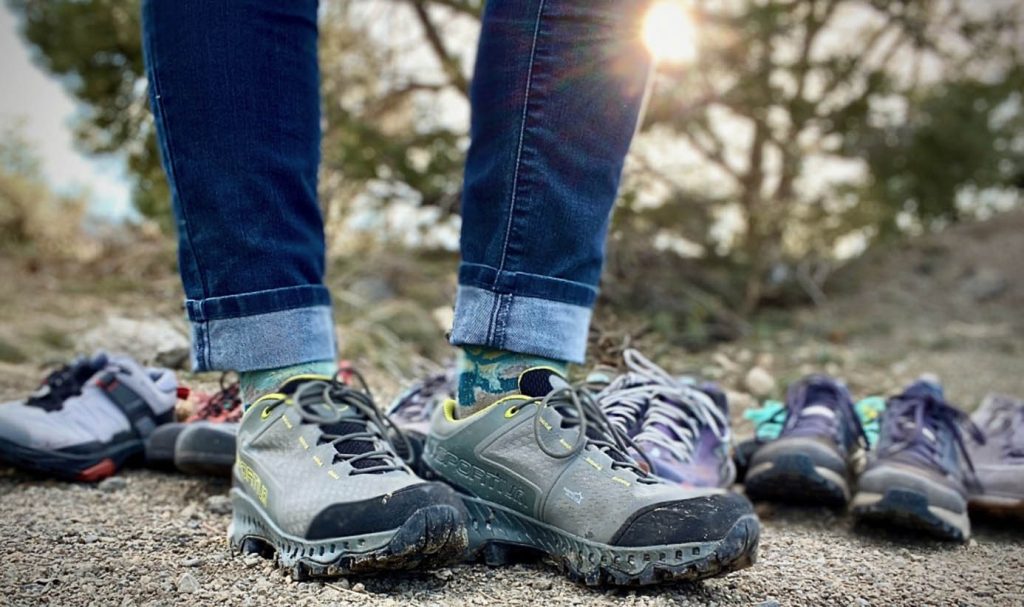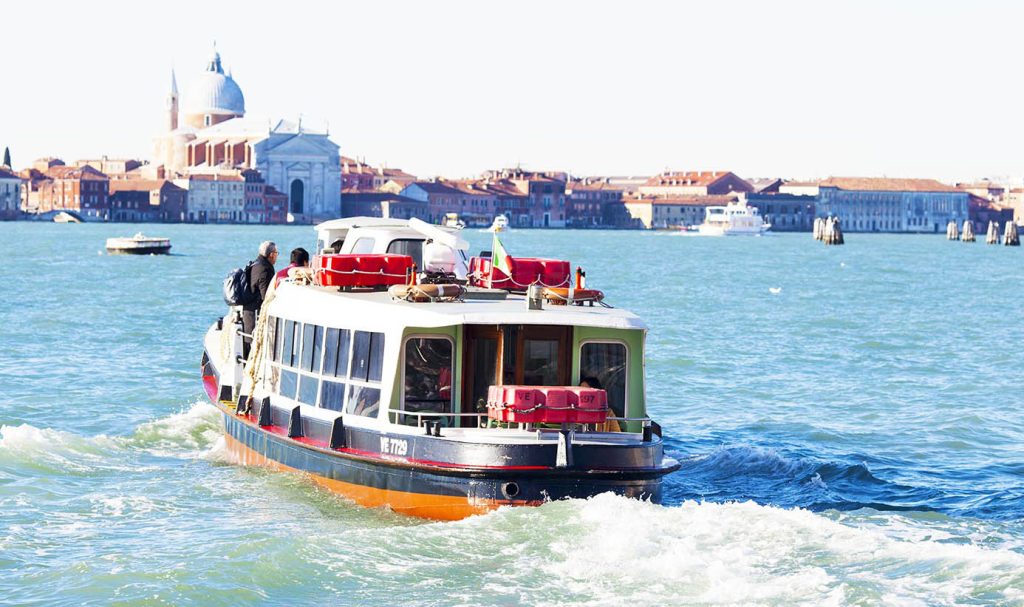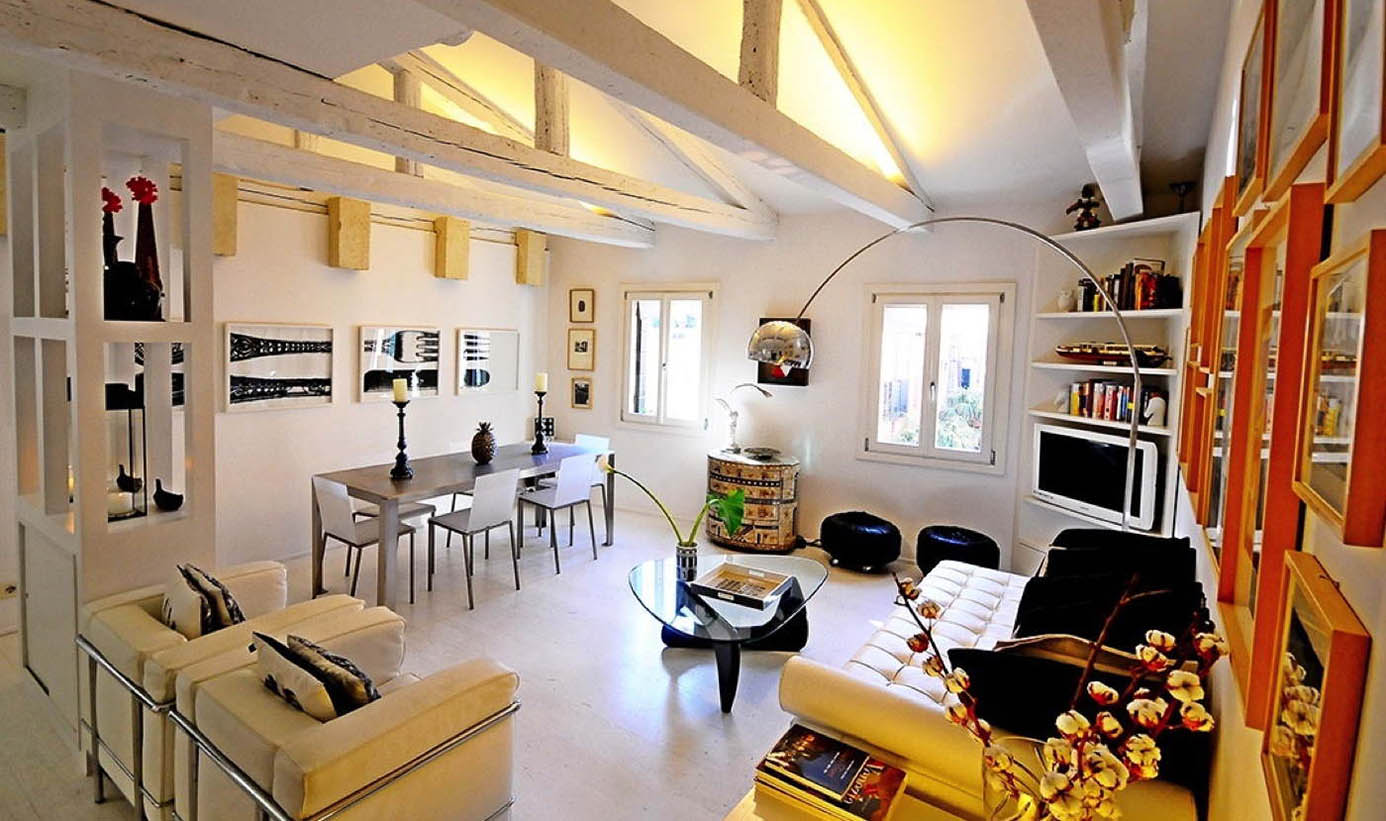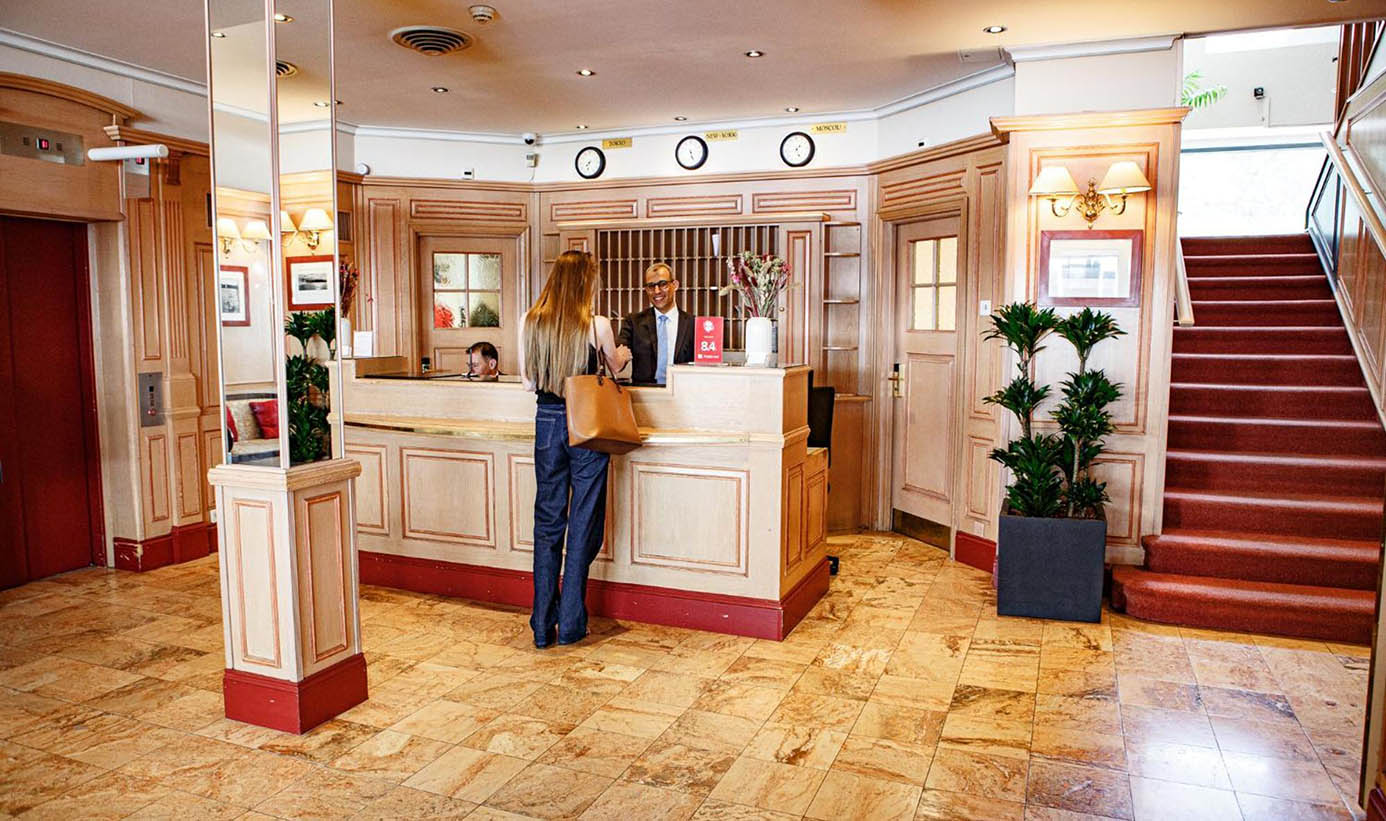Venice, the city of canals, gondolas, and timeless charm, is a dream destination for many travelers. However, planning a trip to Venice requires careful consideration, especially when it comes to booking accommodation. I’ll share my detailed tips for securing the perfect stay in Venice,Italy, from choosing the right neighborhood to finding the best deals.
Choosing the Right Neighborhood
Venice is divided into six sestieri, or neighborhoods, each with its own distinct character. The most popular areas for tourists include San Marco, Dorsoduro, and Cannaregio. San Marco is home to iconic landmarks like St. Mark’s Square and the Doge’s Palace, making it a bustling hub for visitors. Dorsoduro, on the other hand, offers a more laid-back atmosphere with its charming streets and art galleries. Cannaregio is known for its picturesque canals and local eateries, providing a taste of authentic Venetian life.
Personal Insight: Having stayed in both San Marco and Dorsoduro, I found that while San Marco was convenient for sightseeing, Dorsoduro offered a quieter and more authentic experience. It felt like I was living among the locals, away from the tourist crowds.
Booking Options
When it comes to booking accommodation in Venice, there are several options to consider, including hotels, guesthouses, and vacation rentals. Hotels range from luxury resorts to budget-friendly boutiques, offering a range of amenities to suit every traveler’s needs. Guesthouses, or “pensioni,” provide a more intimate setting with personalized service, while vacation rentals offer the comforts of home with the flexibility of self-catering.
Personal Insight: For a truly immersive experience, I opted for a vacation rental in Dorsoduro during my last trip to Venice. It allowed me to live like a local, shopping at neighborhood markets and cooking my own meals with fresh ingredients from the region.
Timing Your Visit
The timing of your visit can greatly impact both the availability and price of accommodation in Venice. The city experiences peak tourist seasons during the summer months, when crowds flock to its historic sites and cultural events. To avoid the crowds and secure better deals, consider visiting during the shoulder seasons of spring and autumn. Winter can also be a magical time to visit, with fewer tourists and the chance to experience Venice’s festive atmosphere during Carnevale.
Personal Insight: I visited Venice in late spring and found the weather to be perfect for exploring the city on foot. The crowds were manageable, allowing me to fully enjoy the beauty of Venice without feeling overwhelmed.
Securing Deals and Discounts
To find the best deals on accommodation in Venice, it’s essential to do your research and compare prices across multiple booking platforms. Websites like Booking.com, Airbnb, and Expedia offer a wide range of options, allowing you to filter your search by price, location, and amenities. Additionally, signing up for loyalty programs or booking directly with hotels can sometimes result in exclusive discounts or perks.
Personal Insight: During my search for accommodation in Venice, I stumbled upon a special promotion offering discounted rates for stays of three nights or more. By booking directly with the hotel and taking advantage of the promotion, I was able to save money on my accommodation and extend my stay in Venice.

Packing Essentials for Spring Travel
When traveling to Venice in spring, it’s essential to pack accordingly for the fluctuating weather and diverse activities the city has to offer. Here are some essential items to bring:
- Comfortable Walking Shoes: With its labyrinth of narrow streets and bridges, Venice is best explored on foot. Pack comfortable walking shoes to navigate the cobblestone streets and uneven terrain.
- Light Layers: Spring weather in Venice can be unpredictable, with temperatures ranging from cool mornings to warm afternoons. Pack light layers that can be easily added or removed to adapt to changing weather conditions.
- Rain Gear: April showers are common in Venice, so be prepared for the possibility of rain. Pack a compact umbrella or waterproof jacket to stay dry while exploring the city.
- Camera: Venice is a photographer’s paradise, with stunning architecture, picturesque canals, and colorful street scenes at every turn. Don’t forget to pack your camera to capture the beauty of Venice in spring.
- Guidebook or Map: While Venice is relatively easy to navigate, it’s helpful to have a guidebook or map on hand to discover hidden gems and navigate the city’s maze-like streets.
Personal Insight: During my spring visit to Venice, I packed light layers and a compact umbrella, which came in handy during the occasional rain showers. I also made sure to bring my camera to capture the vibrant colors of the city in bloom.
Navigating Local Transportation
Getting around Venice is a unique experience, thanks to its intricate network of canals and pedestrian-friendly streets. The most iconic mode of transportation in Venice is the gondola, offering a romantic and leisurely way to explore the city’s waterways. However, gondola rides can be expensive and are often reserved for special occasions or tourists seeking a quintessential Venetian experience.
For more practical transportation options, Venice offers an extensive vaporetto, or water bus, network that connects the city’s main islands and attractions. Vaporetto tickets can be purchased at ticket booths or vending machines located at vaporetto stops throughout the city. Additionally, Venice is a pedestrian-friendly city, with many of its main attractions within walking distance of each other.

Personal Insight: While the allure of a gondola ride is undeniable, I found that exploring Venice on foot and using the vaporetto system was both convenient and budget-friendly. It allowed me to experience the city like a local while also taking in the sights and sounds of Venice’s unique transportation system.
Understanding Cultural Differences
As a UNESCO World Heritage Site and one of the most visited cities in the world, Venice attracts millions of tourists each year from all corners of the globe. As such, it’s important to be respectful of the city’s cultural heritage and local customs during your visit. Here are a few tips for navigating Venice’s cultural differences:
- Respectful Dress: When visiting churches, museums, and other religious sites, it’s important to dress modestly out of respect for the local culture and traditions.
- Quiet Hours: Venice is a city of narrow streets and tightly packed buildings, making noise pollution a common concern for residents. Be mindful of noise levels, especially late at night or early in the morning, to avoid disturbing the local community.
- Tipping Etiquette: Tipping is not a common practice in Venice, as service charges are often included in the bill at restaurants and cafes. However, it’s customary to round up the bill or leave a small gratuity for exceptional service.
- Waste Management: Venice faces unique challenges related to waste management and environmental conservation due to its fragile ecosystem and influx of tourists. Dispose of trash responsibly and avoid contributing to pollution in the city’s canals and waterways.
Personal Insight: During my time in Venice, I was struck by the city’s rich cultural heritage and the warmth of its residents. By embracing local customs and showing respect for the city’s history and traditions, I was able to immerse myself fully in the beauty of Venice and create lasting memories of my time spent in this enchanting city.
Booking accommodation in Venice requires careful consideration, from choosing the right neighborhood to securing deals and discounts. By following these tips and insights, you can ensure a memorable and enjoyable stay in Venice while also respecting the city’s cultural heritage and traditions. Whether you’re exploring the winding streets of Dorsoduro or marveling at the beauty of St. Mark’s Square, Venice is sure to captivate you with its timeless charm and unique allure.



